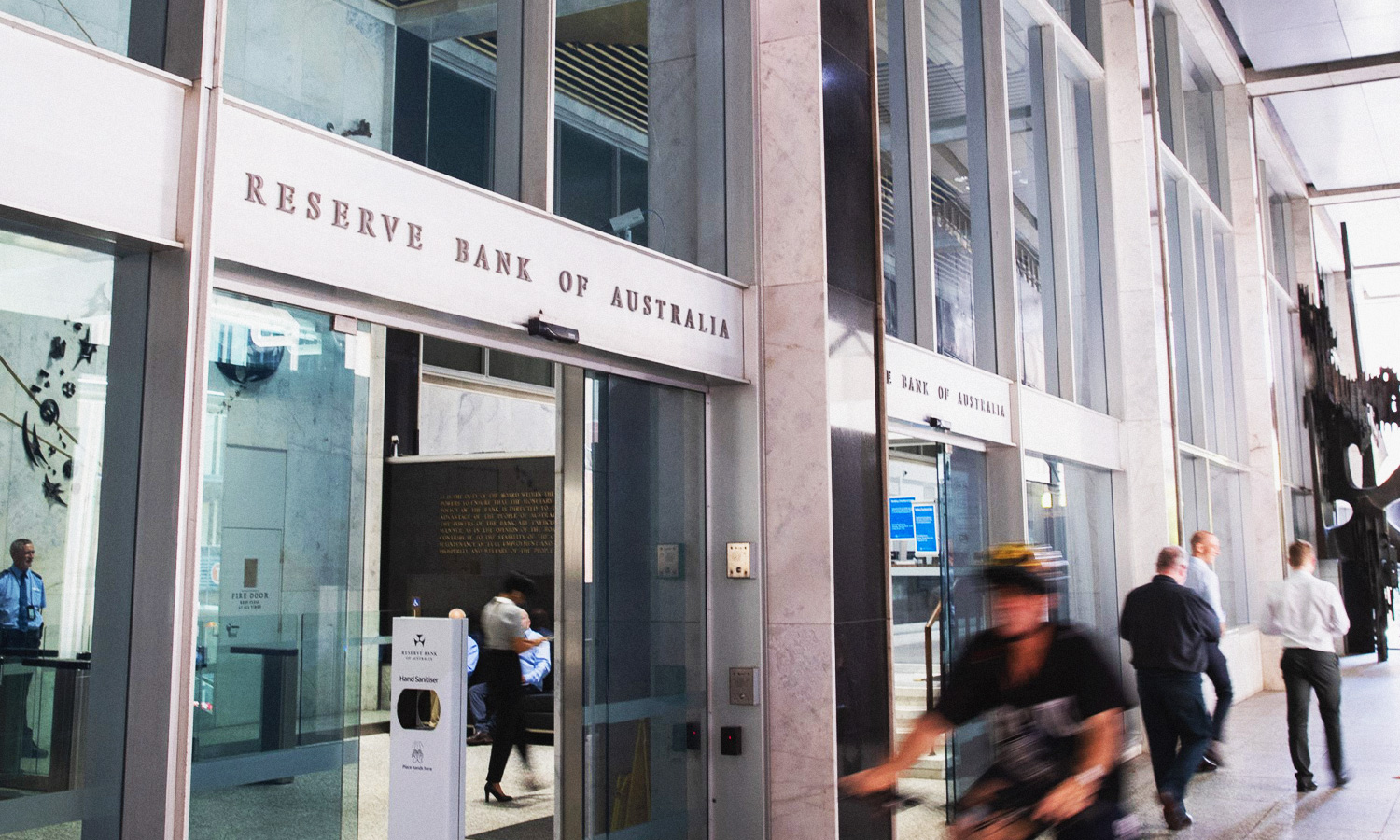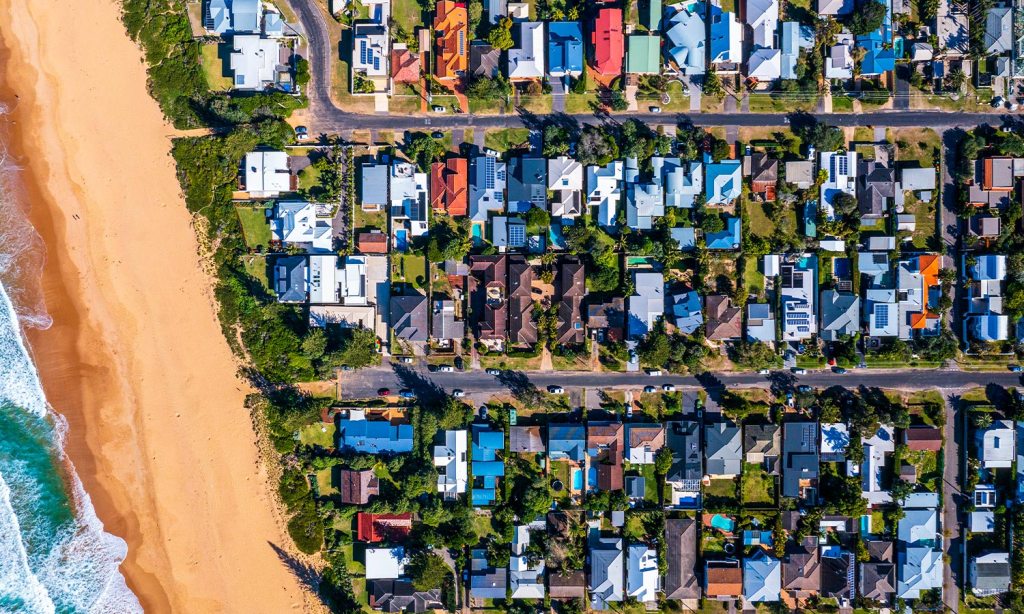Aussie mortgage holders were given a brief break in April as the Reserve Bank elected to pause its rapid increase in the cash rate. That rest is now over as the RBA hits the run button on the cash rate treadmill, driving it up by another 25 basis points to 3.85%.
Following 10 successive increases, the cash rate climbed to 3.6% since May 2022, off the back of a 0.1% COVID-induced low. The April pause was predicted to carry on for at least another month, but the RBA board has decided there is no time to rest in its battle against inflation.
“Inflation in Australia has passed its peak, but at 7 per cent is still too high and it will be some time yet before it is back in the target range,” RBA Governor Phillip Lowe said in a statement.
“Given the importance of returning inflation to target within a reasonable timeframe, the Board judged that a further increase in interest rates was warranted today”.
The cash rate is the rate at which the Reserve Bank lends to commercial banks and is almost always passed on to lenders via interest rate rises on mortgages. The current rate is the highest Australia has seen since 2012 and today’s increase is expected to put further pressure on mortgage holders.
The move has come as something of a shock, as key financial experts were confident that the cash rate would again be held at 3.6%. ANZ, Westpac, and NAB were all forcasting that the cash rate would remain the same, as were Australian financial markets.
Instead, the RBA pressed ahead with the hike, contrary to its own assessment last month that the full effect of previous rises hasn’t yet fully flowed through to the economy. However, in its April statement, the RBA also said that further rate rises could not be ruled out.
This month, the RBA said the pause had given them time to properly assess the economic situation which they have found to be in need of further tightening.
“While the recent data showed a welcome decline in inflation, the central forecast remains that it takes a couple of years before inflation returns to the top of the target range,” Lowe said.
“Services price inflation is still very high and broadly based and the experience overseas points to upside risks. Unit labour costs are also rising briskly, with productivity growth remaining subdued”.

Image: Getty
With the cash rate sitting at 3.85%, the average monthly mortgage repayment in Australia has risen by $1,091 per month, squeezing some homeowners almost to the point of breaking. This 25 basis point raise will add a further $80 per month to a $500,000 mortgage.
The increase in the cash rate is designed to put a dent in the spending power of consumers in a bid to curb inflationary pressures. The tactic does seem to have been working so far, or at least there’s a correlation between the two. Inflation appears to have peaked in December of last year at 7.8%, dropping to 6.8% in February. Still, inflation is still at levels the country hasn’t seen for decades, giving the RBA further incentive for today’s decision.
“The Board is still seeking to keep the economy on an even keel as inflation returns to the 2–3 per cent target range, but the path to achieving a soft landing remains a narrow one,” Lowe said, warning that further increases are not off the table.
“The Board will continue to pay close attention to developments in the global economy, trends in household spending and the outlook for inflation and the labour market.
“The Board remains resolute in its determination to return inflation to target and will do what is necessary to achieve that”.
Related: What the Rising Interest Rates Mean For Your Wallet and Your Stress Levels
Related: Rising Interest Rates Could Crush the Housing Market, and Millennials Aren’t Mad About It
Read more stories from The Latch and subscribe to our email newsletter.







